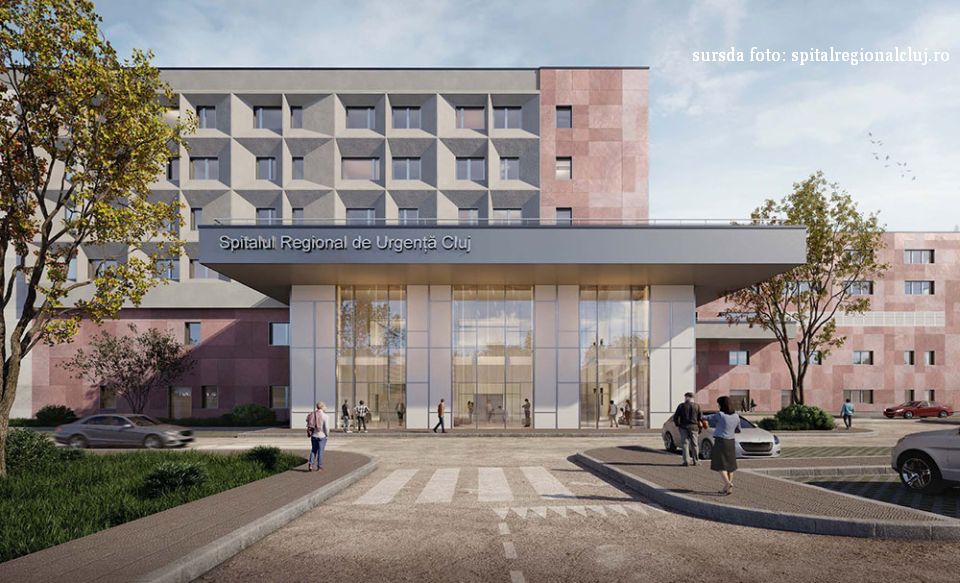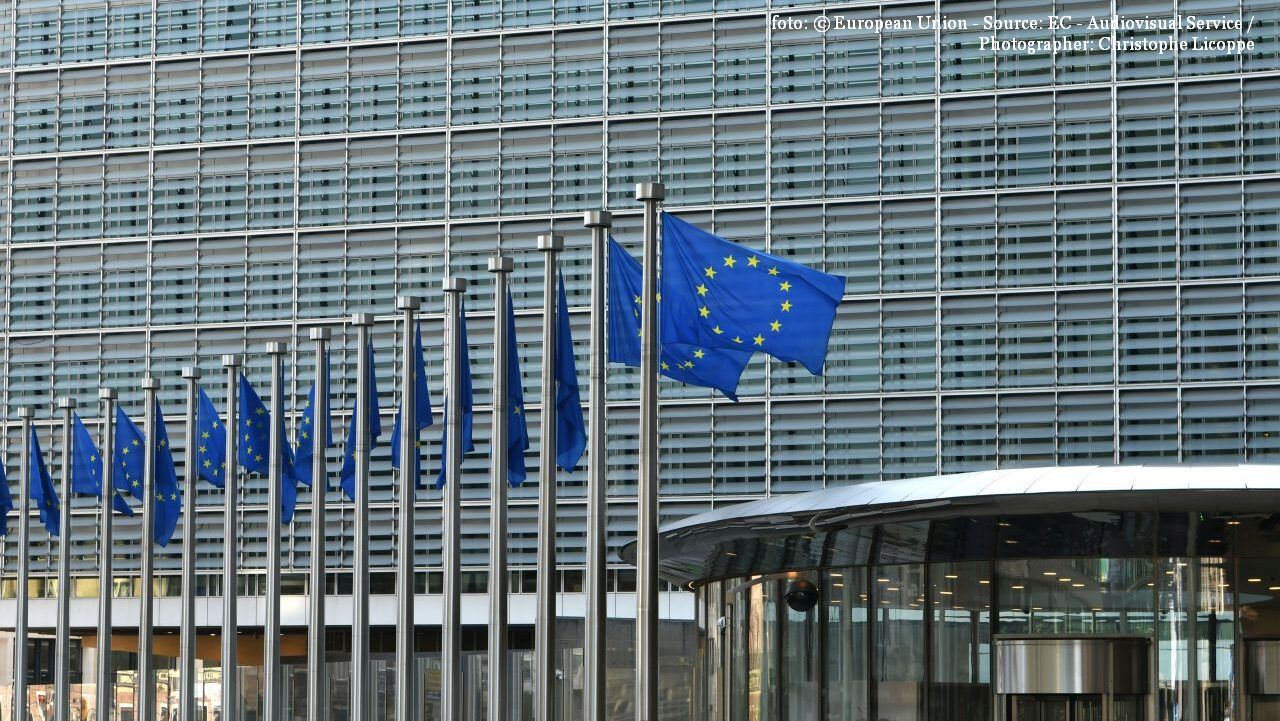Regional hospital in Cluj-Napoca
Construction works have begun at the Cluj-Napoca Regional Emergency Hospital, a third giant medical unit, after the ones in Craiova and Iasi, which will serve the population in the center of Romania.

Sorin Iordan, 20.05.2024, 14:00
2024 is going to be the year of major infrastructure projects in Romania. Coincidentally or not, four rounds of elections are scheduled this year: local, European Parliament, general and presidential. In this context, the Romanian government brought back to the attention of the citizens the areas that the latter consider deficient, including that of the medical infrastructure. In the last decades, Romanian politicians have pledged to facilitate the construction of regional hospitals, mammoth medical units, which offer modern and centralized services for the population of the large regions of the country. However, the projects got stuck due to bureaucracy and lack of funding. However, things seem to have improved. After works started in March at the Craiova Regional Emergency Hospital, in the south-west of Romania, and in April, the works at the Iaşi Regional Emergency Hospital, in the north-east, at the end of last week the construction of a Regional Emergency Hospital was launched in Cluj-Napoca, in the center of the country.
The value of the project exceeds 700 million Euros, and it will be completed in three years. The medical unit is located in the town of Floreşti and will have almost 850 beds, a heliport and 22 operating rooms. Attending the ground-breaking ceremony, which symbolically marks the beginning of the works, the Health Minister Alexandru Rafila said that, in Romania, the quality of medical assistance will improve significantly, including through the construction of the three regional hospitals. According to him, good-quality hospitals are being built very quickly in Romania thanks to the money received from the European Union through the National Recovery and Resilience Plan, and also because many local officials are doing their best to facilitate the building of these hospitals. He showed that currently there are 20 hospitals that are under construction or where construction will start shortly, and this is also due to the mayors and county councils presidents who have a legitimate interest in protecting the health of the communities they coordinate.
If Romania wants to raise the quality level of the medical act, it needs a modern infrastructure as well as a sufficient number of well-trained physicians. Unfortunately, the country’s health system is facing a shortage of medical personnel, as many still leave to care for patients in Western European countries. According to the College of Doctors in Romania, the intention to leave the country among doctors under 35 is 58% against the background of a shortage of 15,000 medical doctors at national level. (LS)






























